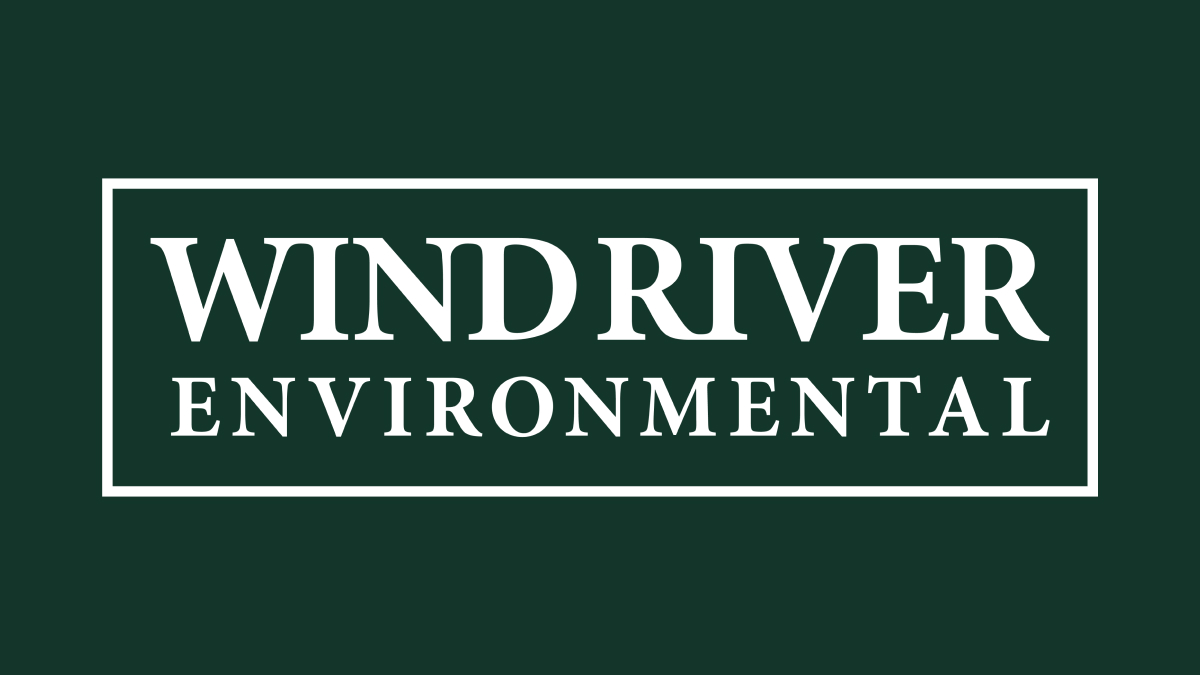If you own a septic tank, it’s important to be familiar with some of the essential parts that make it work. One of these parts is the float switch. Below is everything you should know about their roles.
A Float Switch Helps Detect the Level of Wastewater in Your Septic Tank
As the name suggests, a float switch is a mechanical septic tank switch that floats on top of the septic tank’s liquid surface. This liquid is the wastewater your septic tank holds. When the water or liquid level goes up and down, the switch changes vertically and in line with the liquid level to let you know your tank is filling up.
Depending on your tank’s counterweight and pre-set trigger functions, the switch opens or closes to allow an electrical current to any device connected to the tank. The connected device stops or starts the wastewater inflow from the septic tank by doing this.
Your connected device can be pumps (pumps acting as water inlets or outlets) or valves (open or close inlet or outlet valves). Sometimes, the device can contain an alarm that notifies you when the switch is on or off.
The Switch Helps You Perform Wastewater Treatments on Time
Generally, your septic tank performs essential wastewater treatment functions for keeping your home clean and healthy. As wastewater drains, the tank separates it into distinct layers – the scum layer at the top, the effluent in the middle, and the scum at the bottom.
Wastewater in the middle of the tank (the effluent) needs to be pumped or removed to a draining field. This ensures your tank maintains the proper levels to avoid wastewater overflow. As such, the float switch comes in handy again.
Once installed, the switch helps keep your wastewater treatment correctly maintained by regulating the levels of scum at the bottom, middle, and top of the septic tank. Therefore, you’ll always know when your septic tank fills up with a properly working float switch.
If your float switch has notified you that your tank is full or you’re not sure if it is working, then give Wind River Environmental a call!



